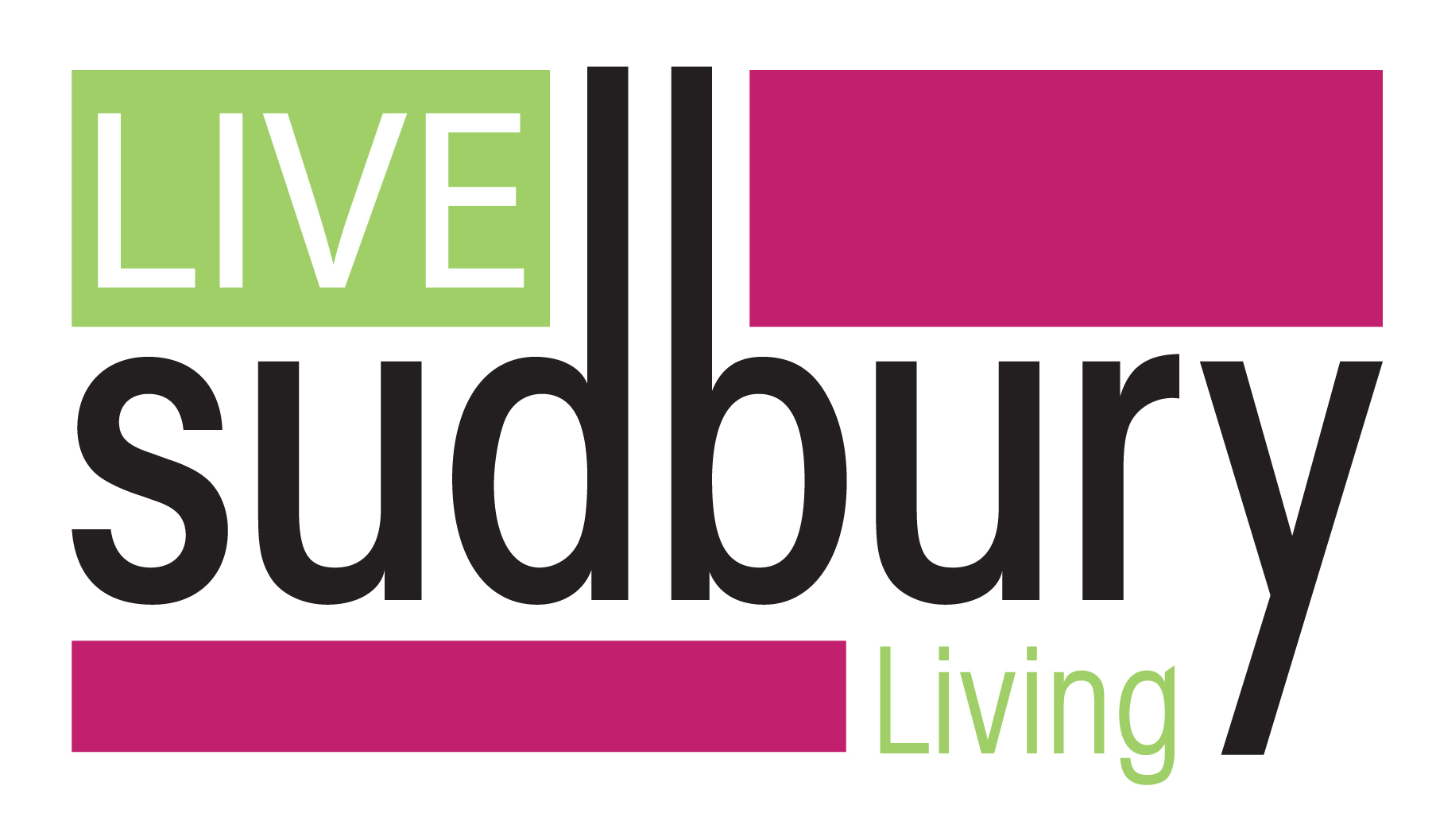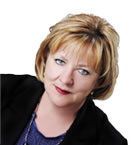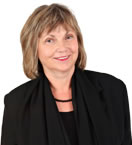Most North Amercians do not get enough sleep, says Dr. Lawrie Oliphant of the Pulmonary and Sleep Disorders Clinic at Sudbury Regional Hospital.
“People stay up too late, get up too early, and don’t get the seven or eight hours of sleep they need,” says Oliphant.
He explains humans are “hot-wired” to go to sleep when the sun goes down and wake up when the sun comes up. This is how our ancestors lived for thousands of years.
On the whole, we get about an hour less sleep than people living at the turn of the 20th century did, says Oliphant.
He advises people who can’t sleep, to lose weight, stop smoking, reduce alcohol intake and to get some exercise.
“People who exercise on a regular basis sleep better,” he says.
There are many myths about sleeping and one is that as people grow older, they need less sleep. Some people may think this because they are not sleeping as well as they used to. Instead, older people often doze off in the middle of the day, says the doctor.
The Pulmonary and Sleep Disorders Clinic tests patients for sleep apnea, a serious condition that causes breathing to stop repeatedly while sleeping. These breathing pauses or “apneas” usually last 10 to 30 seconds and can happen many times throughout the night.
According to the Canadian Lung Association, obstructive sleep apnea happens when the upper airway gets blocked during sleep. Most often, the blockage happens when the soft tissue in the back of the throat collapses and closes during sleep. Relaxed throat muscles, a narrow airway, a large tongue or extra fatty tissue in the throat can also block the airway. Central apnea and mixed apnea are more rare. In central sleep apnea the part of the brain that controls breathing doesn’t work properly.
Untreated sleep apnea can lead to serious health problems such as memory loss, depression, hypertension (high blood pressure) and heart problems.
The sleep disorder clinic, currently located in the hospital’s south tower, has six beds. Patients spend the night wired to a variety of machines to determine if they have the disorder. Sleep patterns are monitored by a technican in another room.
Sleep apnea can be treated. If lifestyle changes don’t improve the condition, a device called CPAP (Continuous Positive Airway Pressure) can be used to deliver a steady stream of air through a special mask to keep the airway open during sleep.
Some people are able to sleep better with a dental device (airway dilator) placed in the mouth at night to hold the lower jaw and tongue forward.
Sleep apnea symptoms are daytime sleepiness, loud snoring followed by silent pauses, gasping or choking during sleep, morning headache, irritability or mood changes, poor concentration or memory loss, and falling asleep while driving.
Four to five percent of the male population and about two percent of women have sleep apnea, says Oliphant.
They may have symptoms for as long as 10 years before seeing a doctor to get a diagnosis.
This article appeared in an earlier edition of Sudbury Living.
More on Sleep
Sleep apnea sufferers may be unaware of disorder
BY HEATHER CAMPBELL
Some of us wear special pajamas or pillows to get a good night’s sleep, others with more serious sleep disorders need to seek professional help.
It is estimated three percent of Canadian adults have obstructive sleep apnea. This breathing disorder creates pauses in breathing that lasts 10 to 20 seconds and can occur up to 30 times in an hour.
The upper airway repeatedly collapses during sleep and oxygen does not reach the lungs. Apnea sufferers stop breathing momentarily. That kind of constant disturbance is a strain on the heart.
Symptoms include snoring, fatigue during the day, morning headaches and depression. It is more common among men, people who are obese, have a family history, and are over the age of 40.
Jean and Jana St-Aubin opened their business, Complete Healthcare Solutions, in January 2009 to help people get some sleep.
They specialize in providing portable oxygen and CPAP equipment to people in their homes. Jean is a respiratory therapist and his wife, Jana, is a registered nurse.
The most common treatment for sleep apnea is continuous Positive Airway Pressure (CPAP). This includes a mask connected to a pump that keeps the airway open with airflow.
“There is a misconception about the machines,” says Jean. “They used to be noisy, but they are now smaller, and there are more options.”
They vary in price depending on the bells and whistles. A basic unit is $1,040, which the provincial government contributes $780, leaving the patient to pay $260. Bells and whistles are extra.
The main office is located in the Long Lake medical arts building at The Four Corners. There are also offices on Falconbridge Rd. and in Espanola.
“To get into the sleep lab in Sudbury, it can take a year,” says Jana. “We pre-screen at no charge by sending patients home with a portable sleep monitor. It can detect if someone is having apnea spells. We can see the results and send them to their physician,” explains Jana.
The St-Aubins say physicians are becoming more aware of the prevalence of sleep apnea. If untreated, it can cause high blood pressure and cardiovascular disease. People who have sleep apnea are also prone to accidents resulting from fatigue.
Aside from CPAP machines, Complete Heathcare Solutions also supply portable oxygen concentrators. Rather than hauling a big tank around, the new machines produce oxygen as opposed to keeping a reservoir at home that fills a portable.
For more information about Complete Healthcare Solutions visit their website at www.completehealthcaresolutions.ca.
(sidebar)
Sweet Dreams
The Mayo Clinic recommends people with sleep apnea, try these tips:
*Lose excess weight. Even a slight loss in excess weight may help relieve constriction of the throat. Sleep apnea may be cured in some cases by a return to a healthy weight.
* Avoid alcohol and certain medications such as tranquilizers and sleeping pills. These relax the muscles in the back of the throat, interfering with breathing.
* Sleep on the side or abdomen rather than on the back. Sleeping on the back can cause the tongue and soft palate to rest against the back of the throat and block the airway. To prevent sleeping on your back, try sewing a tennis ball in the back of your pajama top.
* Keep nasal passages open at night. Use a saline nasal spray to help keep nasal passages open. Talk to a doctor about using any nasal decongestants or antihistamines because these medications are generally recommended only for short-term use.










